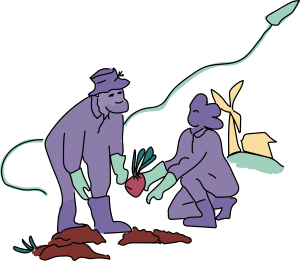
Why this article series?
The Clean Energy for all Europeans package, adopted in 2019, aims to decarbonize the EU’s energy system as part of the European Green Deal objectives. The package places citizens and communities at the center of energy production, promoting local communities and enabling them to consume and produce through local means. There still is a lot to accomplish in this realm however, from governance models to technological adaptation, from supporting social impact to promoting outreach and the growth of energy communities.
Access our articles directly:
The Bürger*innenKRAFTwerk energy community is located in Aggsbach by the Danube river, in Lower Austria.The initiative consists of concerned citizens with a desire to improve sustainable living and awareness in their communities. They are active in a series of regional projects (all initiated through their energy community), including taking part in helping toads safely cross a regional road, organizing tours on the history of the region, and even community cooking events. The main purpose of their initiative however, is to promote local energy production. With this purpose in mind, a small group of active members came together to build up their own energy community while networking with other communities in the region.
Located on the outskirts of Graz in Styria, so-strom is both an energy community as well as an energy community facilitator, producing and sharing energy within the neighborhood. Their initial interest lay in sharing energy with their neighbours, in the same way that the local farmer would provide eggs to the local community. Today, so-strom continues to build their community and establish a network of knowledge and exchange in the region.
Unser Strom Landeck, the first active energy community in Tyrol, acts as a sandbox energy community, sharing best practices with others interested in establishing an energy community on their own. The community strives to network with other energy communities and exchange knowledge.
Neoom is a Vienna – based platform that supports energy communities – from establishing the organization to producing and sharing energy within the community, they offer support each step of the way.
Kadıköy, a densely populated district on the Asian side of Istanbul, is emerging as a hub for sustainable urbanism in Turkey. The district is taking significant steps toward a low-carbon future through efforts in energy transformation, community engagement, and sustainable urban design. Read more here.
Søren Hermansen, went door-to-door on the island to discuss the renewable energy project and how it could only be done together with the locals, truly listening to the thoughts and concerns of citizens – building up trust with the locals to participate in developing the island’s renewable energy possibilities.
Following over a decade of dreaming, planning, applying for subsidies and grants, and envisioning the project from start to finish, Schoonschip welcomed its first residents in 2019 Located in Buiksloterham in the northern part of Amsterdam, this floating housing community is unique in its focus on sustainable construction, urban agriculture, and community design.
Located in an industrial zone in Alcorcón (13 kilometres southeast from the Spanish capital of Madrid), the Urtinsa energy community is a great example of how a municipality can play a role in co-developing renewable options for the needs of industry.
OurPower is an emerging energy cooperative in Austria operating a peer-to-peer marketplace for RES electricity generated by its members. Over the last five years, they have built a peer-to-peer marketplace for renewable energy, enabling every Austrian citizen to both buy and sell renewable energy. This initiative supports individuals to actively participate in the energy market.
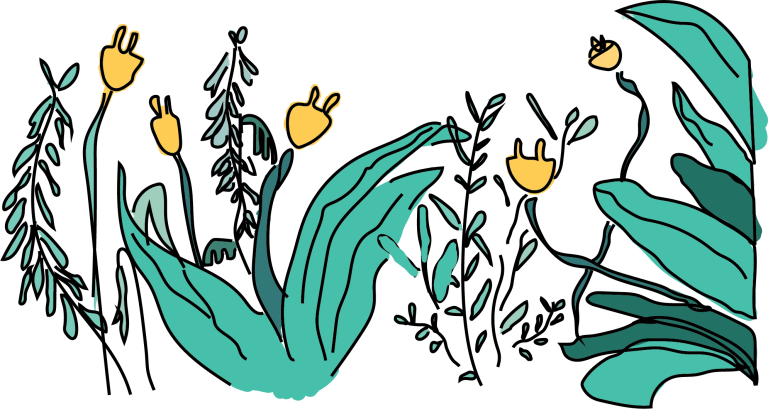
Access the PED Manifesto
The PED manifesto was born out of our experiences while creating positive energy districts for case studies in the DUT-funded PED-ACT project.
Through the participation processes we were engaged in, we realized that a crucial part of establishing PEDs was to bring citizens and citizen groups together, to help them develop and initiate projects in their own way. We also realized society exists as part of structures that determine and allow space for courses of actions, so the energy transition requires much more than technical solutions. It requires a holistic approach.
More on our article series: Engaging with the region and the community
For Bürger*innenKRAFTwerk, creating strong ties with local and regional actors is a core and essential part of developing the community. Erich and Martina regularly attend regional assemblies, where they gather information and network with other initiatives. Klaus emphasizes that it is crucial to promote the initiative and to clearly communicate its advantages. Justification of energy communities might’ve been a bit more challenging prior to the increase in energy prices, however there is a clear benefit when citizens check their energy prices now. This new paradigm provides energy communities an advantage in strengthening their network. In order to grow however, the engagement needs to be based on facts.
It is important to know what people want and what the community can offer, and how connecting producers and consumers will be. The community is learning as they go.
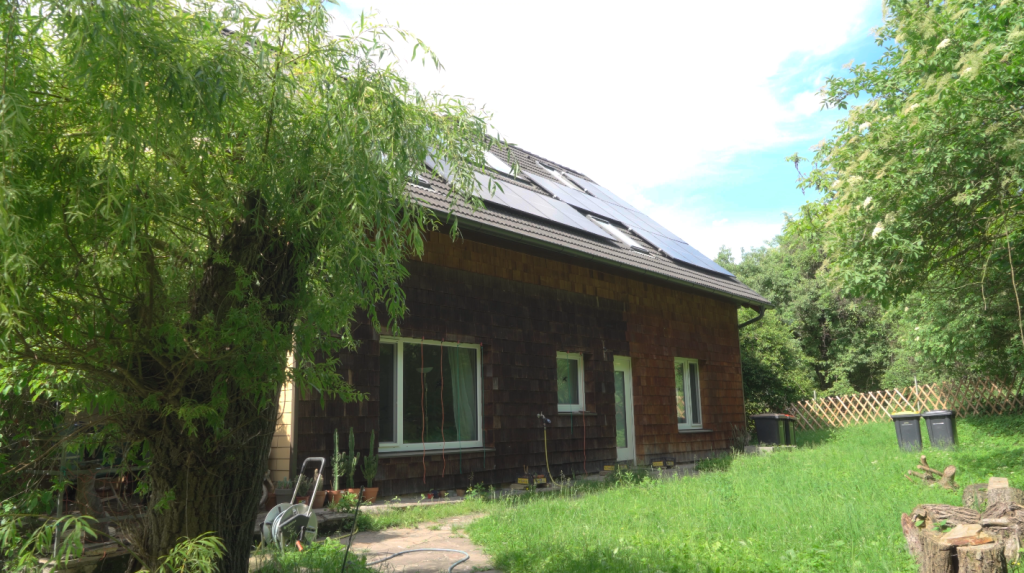
Energy communities bring people with different backgrounds together to participate in the production and distribution of renewable energy. Bürger*innenKRAFTwerk is no different, with the founding members coming from the IT sector, the health sector, and academia. As the community is still small, it is rather easy to govern. However, as Klaus mentions, when the community grows in size, it will become crucial to establish means for democratic participation and decision-making.
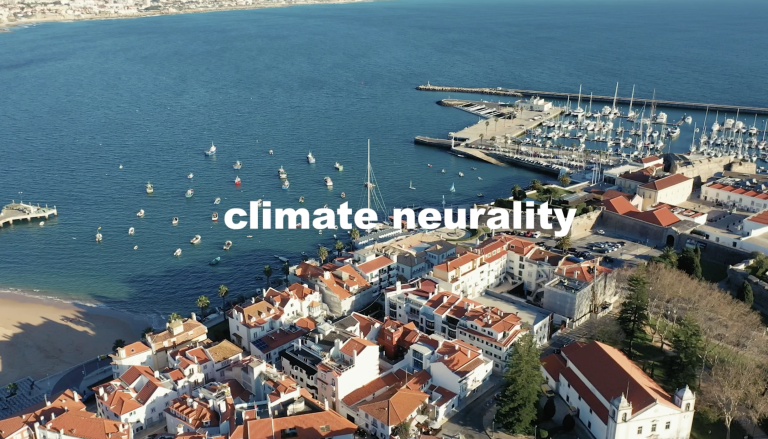
As wonderland, we’ve always been invested in fostering community and supporting initiatives that strive for change and impact, through exchange, collaboration and transference of knowledge.
Two projects we’re currently involved in (POSEIDON and PED-ACT) are collaborative EU projects that aim to foster and promote the creation of sustainable energy production communities.
PED-ACT supports Positive Energy Districts in urban neighborhoods through cases and mapping the needs of stakeholders. While focusing on the development of a common database and co-learning and co-creation models.
POSEIDON aims to develop tools and methods that foster the transition from existing districts into Positive Energy districts.
We believe the concept of the Positive Energy Districts and energy communities can create strong synergies, both locally as well as internationally. A PED established community allows people to define the terms of energy exchange, allows citizens to exchange and connect while collaboratively developing other activities.Existing energy communities can turn their areas into Positive Energy Districts by clearly understanding the energy demands of their neighborhoods and creating a local energy mix that will allow them to cover all local energy needs.
As part of the social programming and stakeholder involvement we normally develop, we’ve had the pleasure of being introduced to quite a few inspiring and amazing cases. Each case is different, and each energy community develops different approaches, often changing varying depending on the local laws, regional connections and regulations.
Yet they all have the desire to produce locally, focus on sustainable and renewable sources, and downscale the production of energy, while trying to achieve swift carbon neutrality in the energy field.
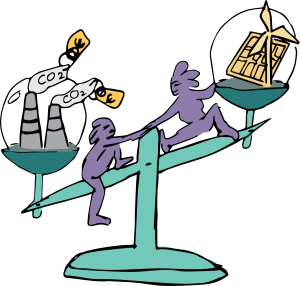
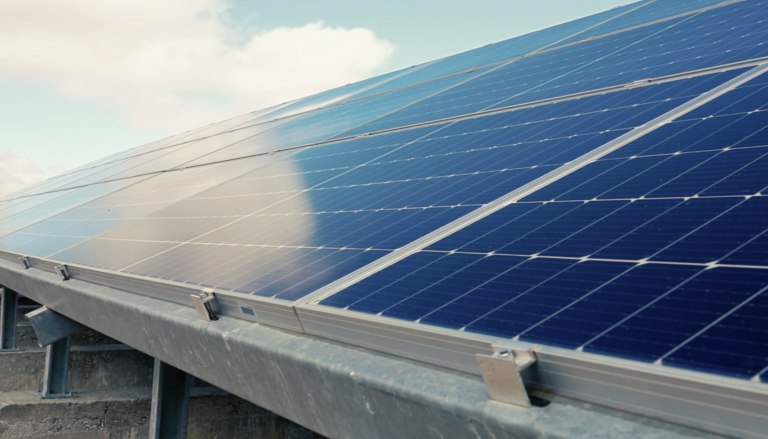
Of course, given that the energy infrastructures are mostly developed and maintained by local governments and the production of energy is mostly monopolized, each community faces a challenge in integrating themselves into the local grid, overcoming legal and bureaucratic obstacles, and raising awareness to grow their grass roots reach.
Knowhow and exchange of methods, ideas and models becomes a key aspect in supporting smaller initiatives, especially given their size and scope.
Energy Community cases - our article series
That’s why we’ve assembled a number of energy community cases in this special wonderland digital exhibition, and hope to add to our story resource as we continue to interview and collaborate with energy communities. We’re also happy to be developing documentary films that highlight these communities and how they function, and you can find completed documentaries linked in the articles as well.
Please have a look at the articles and contact us if you have additional information or feedback!
